In the hustle and bustle of modern life, many yearn for a tranquil and lush outdoor space that doesn’t demand constant attention. A flourishing, low-maintenance garden is an achievable dream and a source of solace and beauty. However, this differs from a zero-maintenance garden, which does not exist!
You can create a garden that thrives with minimal effort with the right strategies. This allows you to enjoy nature without feeling overwhelmed. Here are ten tips to help you cultivate a flourishing, low-maintenance garden.

Strategic Plant Selection
Many clients I’ve come across believe that plants add more maintenance time. It’s not by much and depends on the type of plants you’d like to put in your garden. Also, contrary to popular belief, you have similar maintenance challenges if you replace plants with grass or hardscaping.
Grass must be irrigated, fed, mowed, aerated, cut to the correct height and weeded. A shrub may or may not need pruning, but it needs irrigation, fertiliser (plant-dependent) and weeding around its base.
Hardscaped surfaces, whether concrete or natural stone, need to be pressure washed/cleaned and sealed, and you also need to ensure that the weeds don’t get in overtime as cracks do happen.
Depending on your choice based on the above, you are simply trading one maintenance routine for another. That’s the point I’m trying to make. So, in my view, why not just choose a few right plants and have a good time with seasonality, inviting flora and fauna into the garden and maybe also cool your surroundings with a lovely looking shade tree?
Choosing the right plants is paramount to a low-maintenance garden in the long term. Again, the common misconception is that you can get that from the get-go. A garden needs time to establish. When you start a garden, there is an initial time and cost investment to get the garden going and firmly establish good maintenance routines, and then you will be surprised how that pays off in dividends in the long term. So, in short, it’s a little more heavy at the outset, but it does taper off over time!
Opt for native or drought-resistant species that are well-suited to your climate and require minimal or no pruning to keep it tidy. It would be best if you were realistic about what you can maintain and how you can let these plants thrive so that you make the right choices. Many people fall in love with a particular plant and must have it in their garden, but they need to be more realistic about how much upkeep that specific plant will have over time.
Generally, a fruit tree requires more maintenance than a non-fruiting tree. You’ve also got to deal with the fruits, prune the trees accurately to get a good amount of fruit, and deal with excess fruit. It may be enjoyable for some people to have all of that, but it may not be for others, as it sounds like a lot of work!!
To select the right plants, consider those adapted to local conditions that tend to thrive with minimal intervention. Some aspects of care, such as irrigation, can be automated – taking the load off your hands so all you do is to check, say on an annual basis at least, that the actual infrastructure you put in place works. Understanding your plants’ sunlight and soil preferences is also crucial—place sun-loving plants in sunny spots and shade-loving ones in shaded areas. By respecting the natural inclinations of your plants, you reduce the need for constant adjustments and interventions.
Mulching Magic
Mulching is a game-changer for low-maintenance gardening. A layer of mulch around your plants helps retain soil moisture, suppresses weeds, and regulates soil temperature. Organic mulches like bark, straw, or compost enrich the soil as they break down, promoting a healthier ecosystem for your plants.
Establish an annual routine to top up on the mulch, as this process can be outsourced. If you are inclined to save labour costs, that’s something that you can get friends and family to help with over the course of a day (for an average-sized property). Heat the BBQ for a treat for those you’ve roped in!
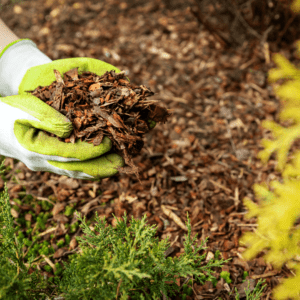

Efficient Irrigation Systems
As mentioned above, investing in an intelligent irrigation system can save time and water. Drip irrigation delivers water to the base of plants, minimising evaporation and reducing weed growth.
Timers can be set to water during the early morning or late evening, maximising absorption and minimising water waste. Watering deeply and less often encourages plants to develop deep root systems, making them more resilient to drought.
Grouping Plants By Watering Needs
Design your garden with an understanding of the water requirements of different plants. Grouping plants with similar watering needs together allows for more efficient irrigation. This way, you can avoid overwatering some areas while underwatering others, promoting a healthier, more balanced garden.
Many clients get stuck on this aspect, and that’s where you need to spend a lot of time figuring this out or simply get in touch with a garden designer or horticulturalist to suggest a good combination for your garden.
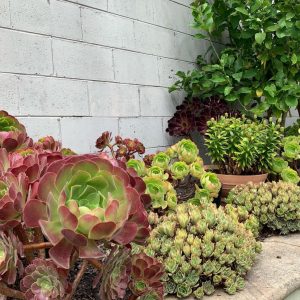
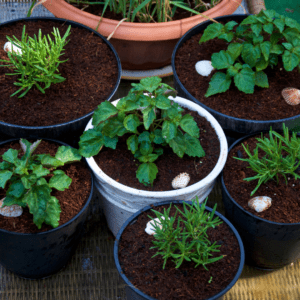
Use Smart Containers
Container gardening is an excellent option for those with limited time and space. Select containers that are lightweight and have built-in reservoirs or self-watering systems to reduce the frequency of watering.
Additionally, container gardens can be easily moved to optimise sunlight exposure or protect plants from harsh weather conditions.
Low-Maintenance Hardscaping
Incorporate hardscaping elements like stone pathways, decorative stones, and gravel or raised beds. It creates a visual interest while reducing the ground that needs tending. Not only do these features add aesthetic appeal, but they also minimise the areas where weeds can take root.
Less time spent weeding means more time enjoying your garden. Embrace simplicity and functionality in your design to make maintenance a breeze.
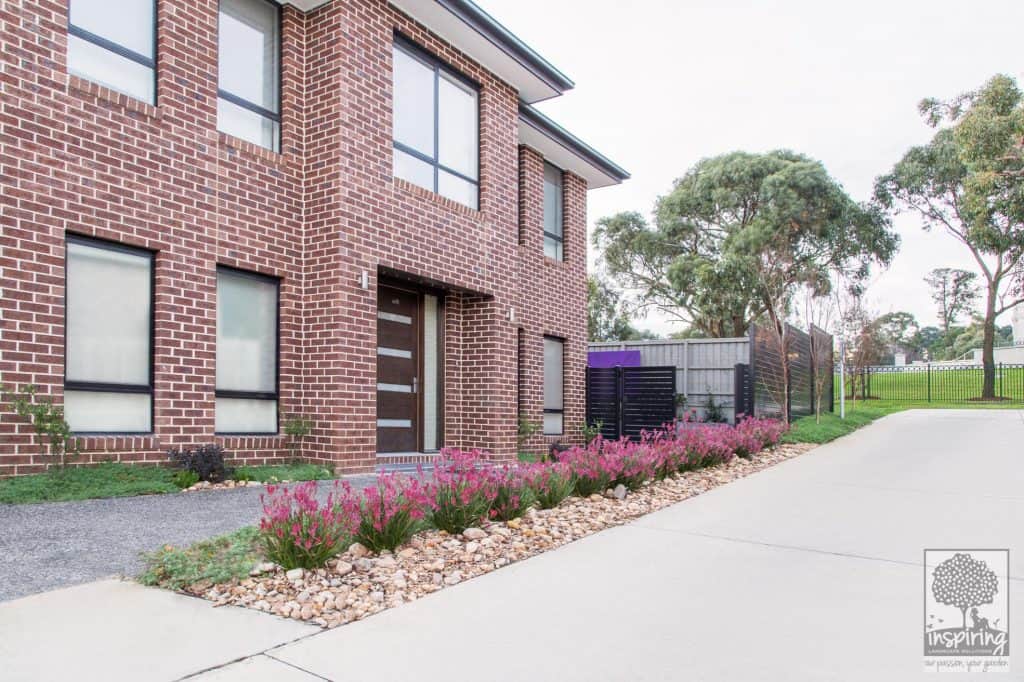
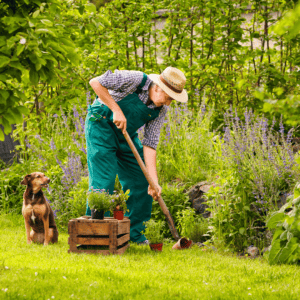
Regular Maintenance Routine
While the goal is a low-maintenance garden, some upkeep is still necessary. Establish a simple routine, including deadheading spent flowers, pruning overgrown branches, and removing weeds.
Regular, small efforts can prevent more significant issues and keep your garden well-kept with minimal fuss.
Prune Thoughtfully
Regular pruning is essential for maintaining a tidy and healthy garden. Focus on removing dead or damaged branches and spent flowers. This enhances the overall appearance, promotes air circulation, and reduces the risk of diseases. Opt for plants that require minimal pruning, and use sharp, clean tools for the job.
Have a maintenance routine in place to spread the workload over time rather than feeling overwhelmed at the start of spring, when you start to feel like giving up as you had let the garden get out of hand over the colder months.
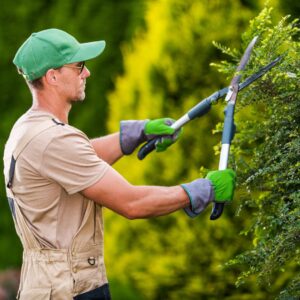

Outsourcing The Upkeep
It is best to outsource if you are not keen on maintenance. Set a budget and stick to it regularly as irregular maintenance unravels the garden. Even simple gardens with a lot of grassed areas, hardscaping and pots need help regularly.
Working through all the conflicting needs is a delicate balance – a pleasant garden versus finances, but if you think smartly about it, you’ll be able to work it out.
Prioritise areas important to your feeling of being happy outdoors or that help with views from inside of your house and ensure that these areas are well looked after either by yourself or outsourced.
Composting For Soil Health
Healthy soil is the foundation of a flourishing garden. Instead of relying solely on chemical fertilisers, establish a composting system.
Compost improves soil structure, enhances water retention, and provides essential nutrients to your plants. It’s a sustainable and low-maintenance way to ensure the long-term health of your garden.
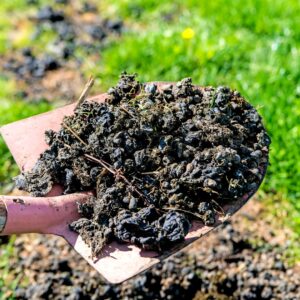

Minimal Fertilisation
Avoid over-fertilising your garden, which can lead to excessive growth and increased maintenance demands. Choose slow-release fertilisers or incorporate compost into the soil to provide a steady supply of nutrients. Conduct soil tests to determine specific deficiencies and adjust your fertilisation approach accordingly.
Creating a flourishing, low-maintenance garden is a rewarding endeavour that allows you to reap the benefits of nature without the constant demands of upkeep. By choosing the right plants, implementing clever watering practices, and embracing efficient garden design, you can cultivate a space that brings joy and tranquillity into your life. Remember, thoughtful planning goes a long way in creating a garden that thrives with minimal effort. With these ten tips, you’re well on your way to cultivating a haven of tranquillity in your backyard.
If you need further suggestions, design or plantscaping for indoors and outdoors, please contact us for an onsite 90 minute consultation.
Refer to our packages for further details on how we can help you in the consults and subsequently throughout your garden implementation process.
Our passion your garden! xx
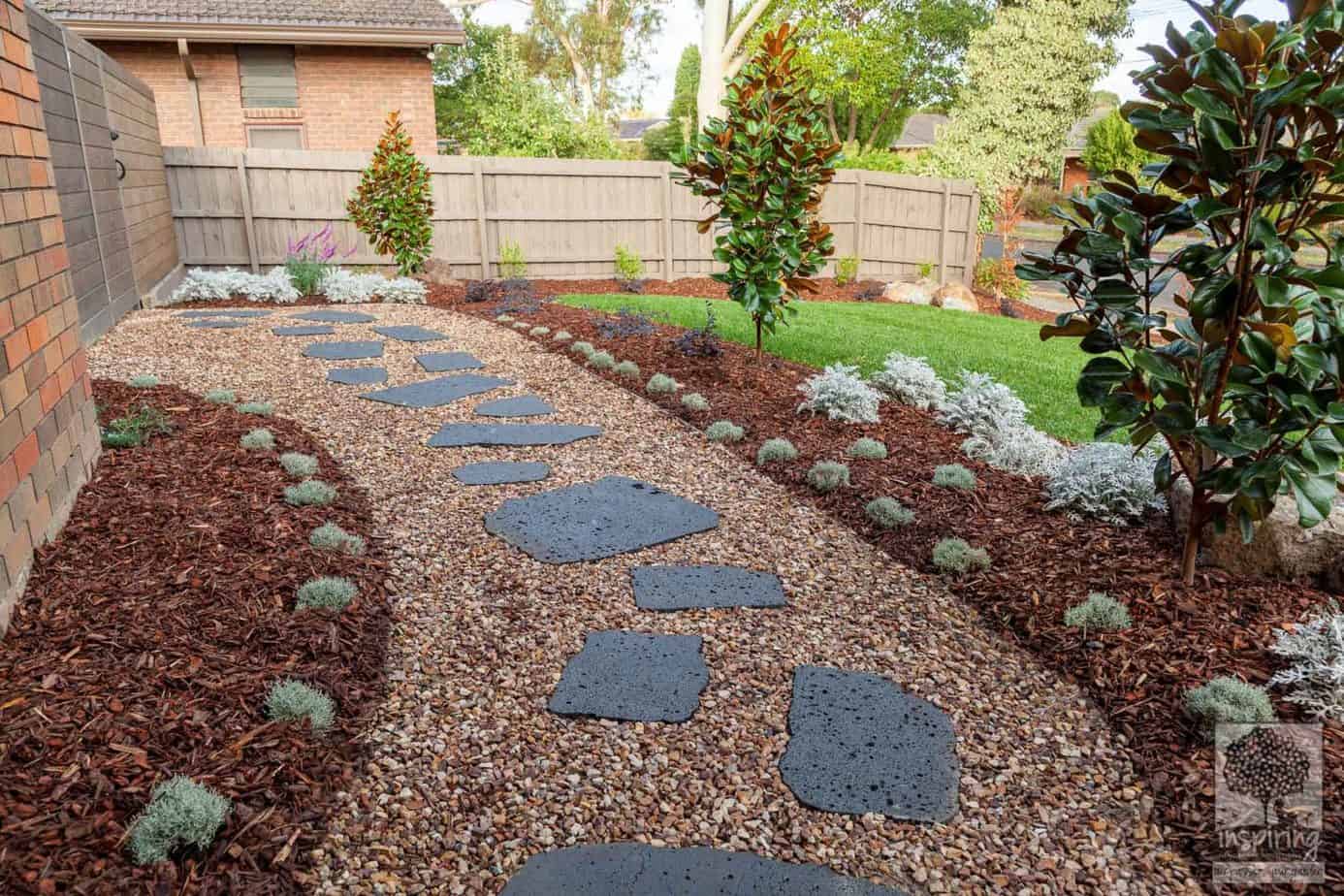

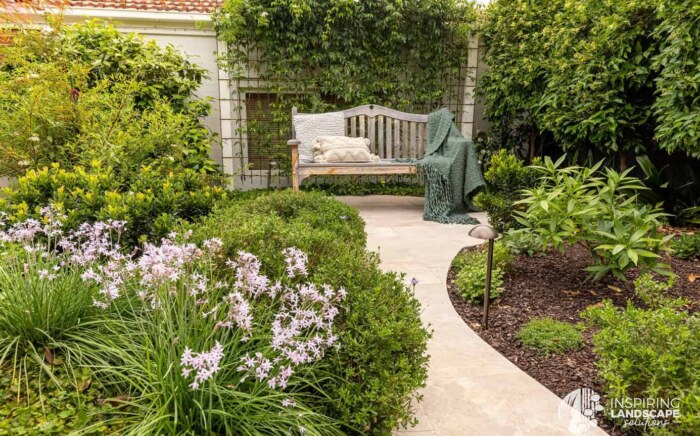
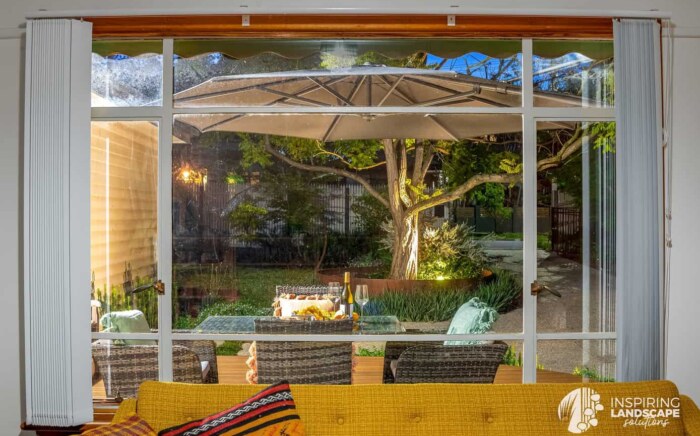
Leave a Comment